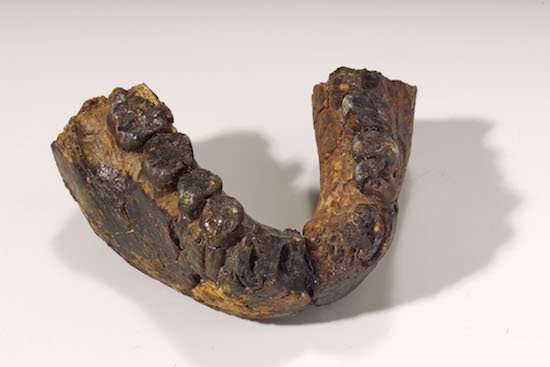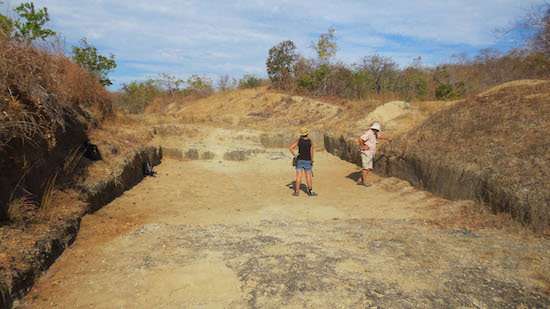December 11, 2018 report
Tooth enamel analysis shows two early hominin species ate a generalized diet

A team of researchers with members affiliated with several institutions in Germany has found evidence that suggests two species of hominins from the Early Pleistocene ate a generalized diet. In their paper published in Proceedings of the National Academy of Sciences, the group describes their study of fossilized tooth enamel from the two species and what they found.
Prior research has shown that two hominin species Paranthropus boisei and Homo rudolfensisare lived near what is now Lake Malawi in the East African rift approximately 2.4 million years ago. In this new effort, the researchers learned more about what they ate by studying the enamel on their teeth.
Enamel retains traces of carbon from consumed plants. By studying the carbon isotopes found in the enamel, researchers can narrow down the types of plants that were eaten. In this case, the researchers noted that the kinds of plants were either of type C3 or C4. C3-type plants are most often found in temperate climates—modern varieties include rice, potatoes and beans. C4 plants are less abundant, making up just 5 percent of Earth's plant biomass—they include sugarcane and corn. The researchers also collected soil samples from the sites where the tooth fossils were found and conducted an isotopic analysis—doing so offered hints regarding temperature averages during the time when the hominins were living in the area.

The analysis indicated that both species lived in wooded savannah that was relatively cool, and both relied primarily on C3 plants. However, they also found that some P. boisei lived in a more dry and open grassland area, and because of that, also consumed some C4-type plants. They also found that overall, both species ate a wide variety of plants, which made them more versatile and adaptable as conditions in the area grew warmer.
The researchers suggest work like theirs is helping to better understand how our early human ancestors were able to survive in a changing environment, which allowed them to evolve into the dominant species on Earth.
More information: Tina Lüdecke et al. Dietary versatility of Early Pleistocene hominins, Proceedings of the National Academy of Sciences (2018). DOI: 10.1073/pnas.1809439115
Journal information: Proceedings of the National Academy of Sciences
© 2018 Science X Network





















